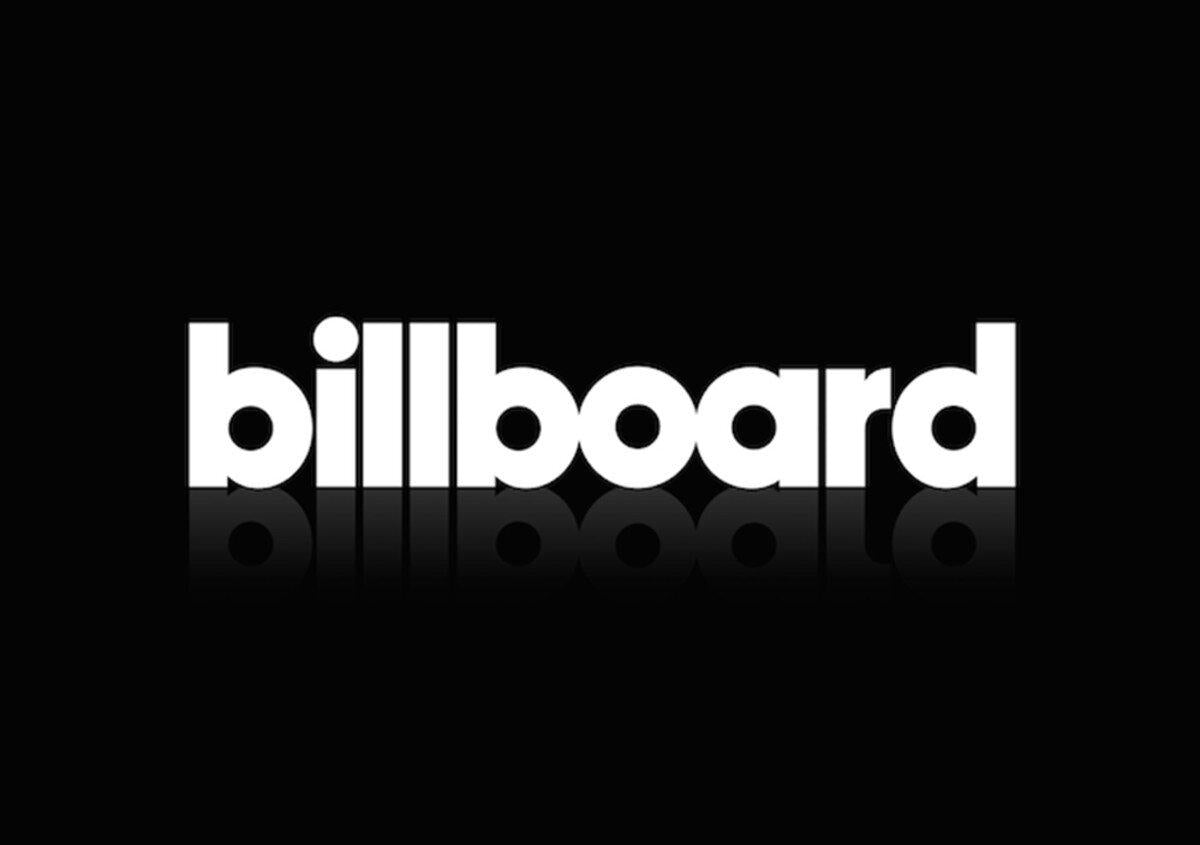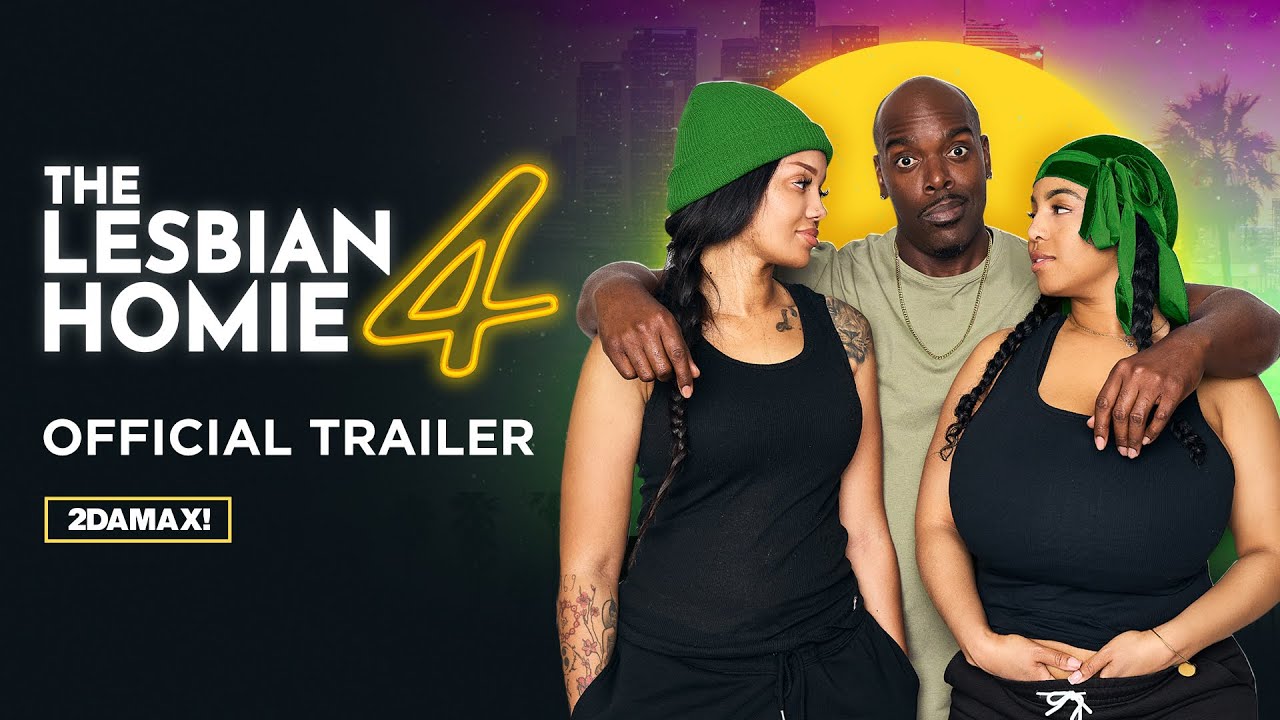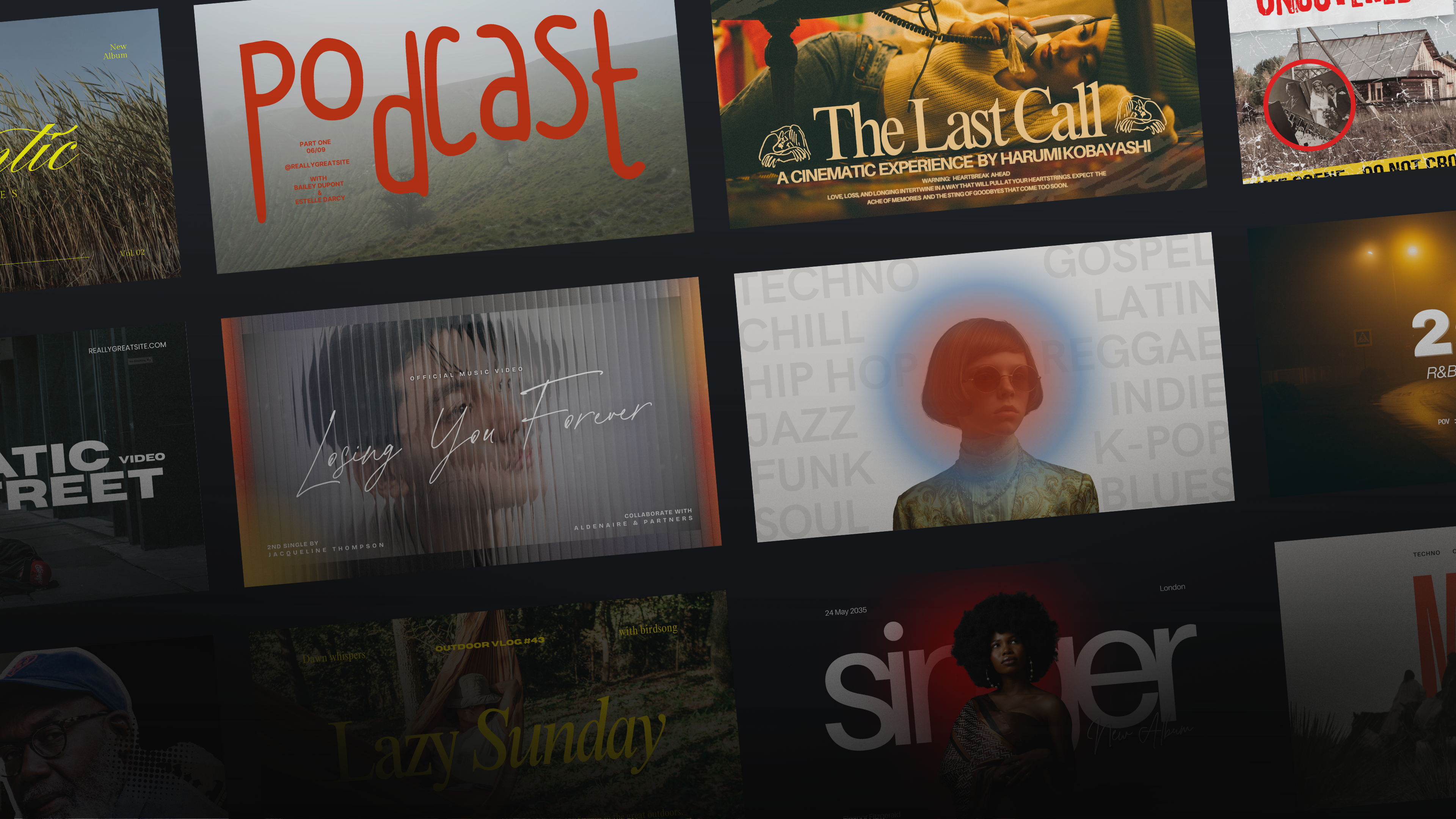Navigating Reporting Rules in 2020
A couple weeks ago, Billboard / Nielsen SoundScan released a new set of rules on how music + merch bundles will be counted. Throughout the past couple years, there has been a heated debate surrounding bundles, with critics arguing that a bundle does not reflect customers’ true interest in purchasing the album.

In our eyes, bundles reflect relative success of artists by factoring in two parts of the music industry that are never going away - tickets and music. We hope that by refining guidelines on exactly what is counted, a more even playing field emerges for all artists.
The new rules go into effect on January 3rd, 2020 and can be found here. Shops with active pre-sales are expected to transition their stores to compliance as soon as possible.
While the new rules add complexity, Single Music has always been about simplifying and automating processes. We’ve already pushed out updates that build these rules into our system - and will continue to do so. Instead of developing workarounds, we’d like to focus our efforts on helping artists understand the rules to prepare for the upcoming year.
Item Availability
1.1.1 Sales may only be counted if the identical items within the bundle are sold within the artist’s official direct-to-consumer webstore/website, and also available concurrently and individually for purchase within the same webstore/website. Every bundle offer must carry the following language, prominently displayed, in the same font size as the rest of the description of the bundle, in all-caps, prior to purchase prompt, without requiring any customer interaction to view: ITEMS ALSO AVAILABLE SEPARATELY FOR PURCHASE.
Not only does this apply to each piece of merch, but to the digital album as well. Using Single, you can publish your album as a “digital standalone”. For an example that meets these requirements, take a look at Lauv’s official web store:


Pricing Requirements
1.1.1 The cost of the merchandise item/album bundle cannot be less than the price of the individual merchandise item(s) plus $3.49 (the minimum allowable price for an album). Maximum pricing for merchandise item/album bundles is $124.99.
This applies directly to the rule above. When you create these individual merch items, simply set the price of the item without the album $3.49 lower than the price set for the merch item + digital album.

One question that immediately came up when going over these new rules is discounts on merch bundles. This is best illustrated through this example:
-
T-shirt: $10
-
Sweatshirt: $15
-
Digital Album: $3.49
-
T-shirt + Sweatshirt Bundle: $23
-
T-shirt + Sweatshirt + Digital: $26.49
Even if the t-shirt and sweatshirt are sold together for $23, the last bundle would not count towards the charts. Though the bundle is priced $3.49 higher than the identical bundle without the digital album, the price is less than the sum of each item available individually.
Merchandise Item Branding

If this isn’t totally clear - you’re still allowed to sell merch that doesn’t abide by these rules, it just cannot be bundled with a charting digital album. Merch that doesn’t adhere to these rules must be changed to “Reporting Type - Do Not Report”.
Burden of Proof
The Nielsen team will not be individually approving stores, but will investigate reported sales as necessary. If they find that items were not branded correctly, or were platformed or priced incorrectly, those sales could be rendered ineligible.
Therefore, it is our strong recommendation that shop owners are proactive and prove their compliance in the form of screenshots and links. It is common that products are taken offline once they sell out - so recording just the current link may not be enough.

We suggest using the free tool Wayback Machine to save web pages as they exist today. Once artist teams have assembled screenshots and permalinks, they can send them to Nielsen Merchant Services. If any question arises regarding the validity of album sales, Nielsen will already have the necessary assets to determine the sales are compliant.
An Artist’s “Official” D2C Store
1.1.2 A merchandise item bundled with an album is limited to those sold through the artist’s official direct-to-consumer website/webstore.
This rule has been added to ensure artists don’t partner with a random e-commerce store and attempt to create album bundles with say, energy drinks. What this rule does not prevent is labels and merch companies creating one central store to sell multiple artists’ merch bundles. This is still 100% allowed, so long as the stores can follow the rules by offering the products individually, etc. Our friends at Law Records are a great example of this type of shop:

Bundled Singles No Longer Chart
1.1.7 Singles, and track downloads, cannot be promoted/bundled with a merchandise item.
Single allows for individual tracks to be attached to merchandise. You can accomplish this by creating a new release with just the individual track, also known as a “single”…… This is still allowed for promotional purposes, however these tracks can no longer count towards the charts.
To comply to this rule, artists should select “Do Not Report” when bundling a digital track with a merch item.
Pre-Order Sales Made Before New Rules Were Announced
This refers specifically to albums that were on sale before rules were announced, but release after Jan 3rd. As these sales were made in compliance with the rules at the time, they will still be counted. However, now that the rules have been announced, the stores' presentation needs to adjust as soon as possible.
Let’s Talk Strategy
As we mentioned earlier, we’d much rather help artists understand these rules than try to find loopholes around them. We believe this will lead to a better and more even music landscape. We’d like to help artists increase their sales while remaining well within the posted rules.
As all merch items are now required to be available individually, artists need to find innovative ways to help motivate fans to purchase the merch with the album. Take a look at another excerpt from the official rules:
4.2 For example, if album in a bundle has a bonus track and an alternative cover, then it must also be available a la carte with same bonus track and cover, within the same webstore/website.”

This allows for a special edition album to be sold only on the direct to fan storefront, and available through no other retailer. By including exclusive tracks like B sides, demos, instrumentals, acoustic versions, and even stems - you can push fans to purchase the merch with a bundled album attached.
A Bright 2020
So far, Single has focused on handing independent artists the same tools that are available to those signed with major labels. Our goal isn’t just to provide tools, but create an interface that simplifies processes and gives artists more time to focus on making music. While these new rules add complexity, we believe the music industry is better off with well-defined guidelines surrounding music + merch bundles.





